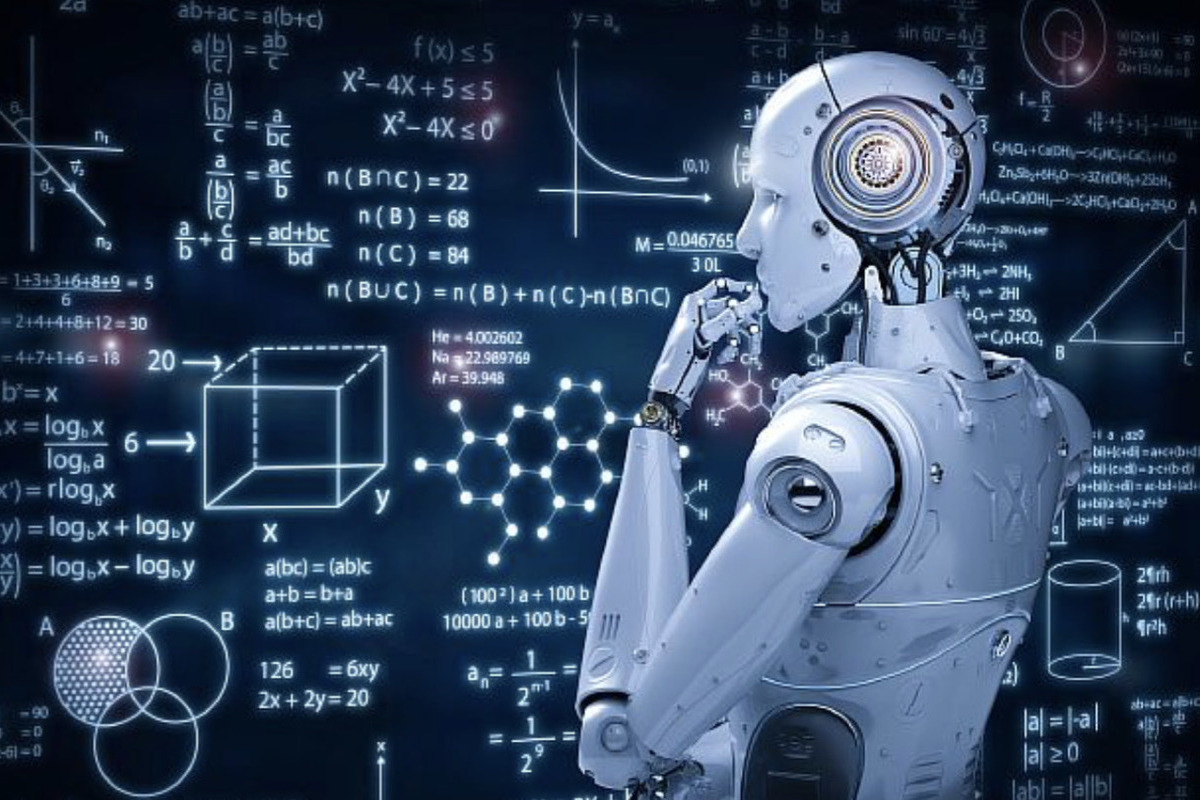Knowledge or “digital dementia”: what will the use of AI mean for schoolchildren?
[ad_1]

Only two years separate our lives from the day when no one knew about chatbots on the Internet, capable of generating any information in seconds. For some, the entry of AI into the wider public space went almost unnoticed, while others are already using the electronic assistant with all their might. And most of these others are young people, schoolchildren and students.
However, it is impossible not to notice that chatbots are lame on both legs as a source of information. They easily pass off events that happened 10 years ago as modern, and generally have poor time orientation. They pour a lot of “water”, reluctantly providing details, many topics are not taken up at all for ethical reasons. Which practically excludes the use of an electronic assistant in the media.
Teachers and lecturers also quickly learned to distinguish a text or solution ripped off from an AI from one written in their own hand. Yes, on the one hand, the bot will cope with any formula, mathematical problem, chemical reaction in a couple of seconds – the entire school curriculum and a fair portion of university courses are stored in its electronic brains. But the bot is not required to know what exactly is taught in mathematics in each class. And he will easily solve a problem for the fifth grade with integrals, and apply the theory of probability to a task from the 8th grade.
As for vocabulary writers, teachers sometimes share with each other phrases from the authors of neural networks about “Taraska Potato”, or “Chichikov invested in the dead,” or “Tatyana is disappointed in proposals for love, and Onegin’s life is passing by.”
But we must not forget that AI is learning all the time. Not long ago, data about events after 2021 was uploaded there, and the bots stopped insisting that we still have Covid restrictions in place.
And here’s some more news: domestic scientists have come up with a fact-checking program for AI. They believe that now “the quality of working with information will improve, the risks of errors and biases will decrease, and time and resources will be saved.”
They say that neural networks with such an upgrade will stop lying and glitching. Gain “the ability to work with different types of statements.” Bots are taught to get rid of childhood diseases of semantic repetitions, tautologies and inaccuracies.
As you know, teachers do not have a unified attitude towards the use of AI. While some say that if we use protractors, calculators, contour maps or Bradis tables in lessons, then bots are the same, just a more advanced tool. Neural networks can help you study mathematics, make a presentation, or work as an editor and proofreader, checking the text for inaccuracies and typos. But a fair portion of the teaching community is strongly against the use of neural networks in studies. In some countries, projects are being developed based on anti-plagiarism programs that will catch content generated by a neural network. Well, so far the success is average: the “antibot” is able to cut off only 28% of artificially generated content. Moreover, he mistakes 9% of real texts written by students and schoolchildren as written by neural networks.
It is also reported that work is underway in the USA, Japan and China to create electronic teachers based on AI. Capable over time, as expected, of displacing up to 20% of living teaching staff from their jobs…
“Yes, the danger of AI is a popular theory supported by Elon Musk, for example,” says cybersecurity specialist and programmer Maxim Feygin. – And these concerns are shared by the heads of some companies developing the same neural networks.
On the other hand, back in 2019, under the auspices of UNESCO, a protocol was signed in Beijing that spoke specifically about the benefits of AI for education. Among the obvious advantages are the accessibility and continuity of education using neural networks. Individual tracks in training, personalization, expanding opportunities for children with disabilities: those with reduced vision and hearing, autism, carriers of a number of genetic diseases… Saving time searching for data, instantly obtaining information from anywhere in the world. The teacher also has the opportunity to take a more individual approach to presenting and assessing each child’s knowledge.
But if you scour the Internet, you can also find negative forecasts, including in the field of education. There are concerns among IT analysts that such ease of “getting” information, because any request is processed in a few seconds, can cause “digital dementia” in people, as the term has appeared. That humanity will generally forget how to use its brain, and this will first affect children. And the fact-checking bot seems to be bringing us closer to this.
Adherents of this hypothesis insist that education must be structured in such a way that at school they are taught to think, to think independently, to get to the bottom of the truth.
Proponents of the theory of “digital dementia” in children also advocate that education remain full-time, that children go to school and engage in practical work there.
[ad_2]
Source link








